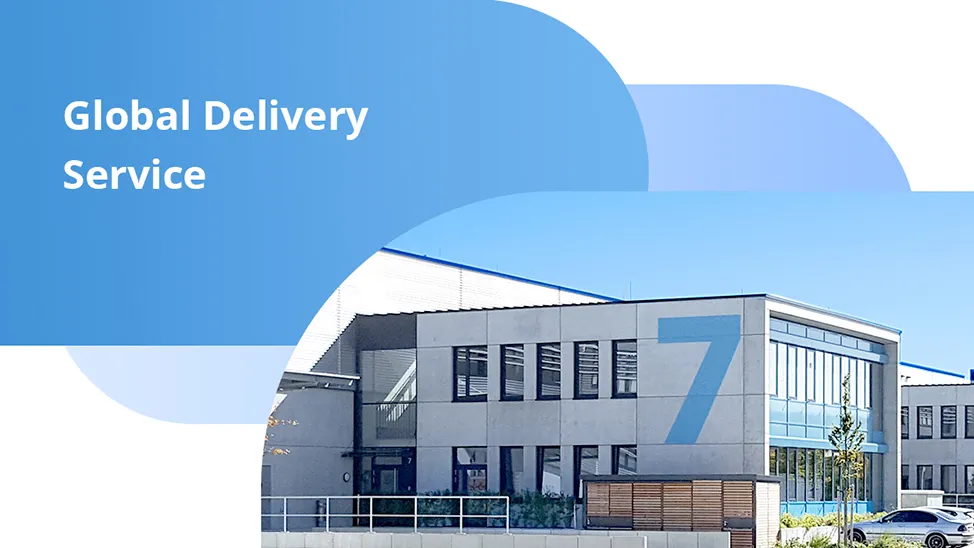Priority-Based Flow Control (PFC)
What Is PFC?
Priority-based Flow Control (PFC) is a key flow control technology. It helps create intelligent, lossless networks by preventing packet loss. With PFC, queues become lossless, ensuring zero packet loss during congestion. When a downstream device's queue gets congested, it tells the upstream device to stop traffic, providing reliable data delivery.
Common devices supporting PFC include data center switches, Ethernet switches, and enterprise switches. These devices are used in various network environments to control traffic and optimize performance.
How Does PFC Work?
The working principle of PFC can be summarized as follows:
-
Priority Queue and Buffer Correspondence: Devices supporting PFC have multiple priority queues in the transmit interface. The receive interface has an equal number of receive buffers. Each queue is linked to a buffer, usually in a one-to-one relationship.
-
Congestion Detection: When a receive buffer on DeviceB becomes congested and the packet count exceeds a certain threshold, DeviceB sends a backpressure signal to DeviceA.
-
Backpressure Signal Transmission: This backpressure signal, often a "STOP" command, is sent from DeviceB to DeviceA, instructing it to stop sending traffic in the related priority queue.
-
Response from Sending Device: Upon receiving the backpressure signal, DeviceA halts packet transmission in the affected priority queue. This prevents further congestion in the receive buffer.
-
Queue Recovery: As congestion in the receive buffer subsides, the receiving device sends a recovery signal to the sending device, indicating that packet transmission can resume.

Characteristics of PFC
The characteristics of Priority-Based Flow Control (PFC) can be summarized as follows:
-
Per-Priority Flow Control: PFC enables or disables flow control for each priority, offering detailed traffic management.
-
Threshold-Based Pause Frames: PFC sends PFC-PAUSE frames when the receive threshold for a specific traffic class is reached, managing congestion and ensuring smooth data transmission.
-
Port-Level Configuration: PFC lets administrators configure flow control settings for each switch port, tailoring them to specific network needs.
-
Default Flow Control State: By default, flow control is disabled for all priorities on all ports, remaining inactive unless explicitly configured.
-
Granular Control: Administrators can enable or disable flow control per port and per priority, providing precise control based on network conditions.
-
Hardware Abstraction and Troubleshooting: PFC includes hardware abstraction layer call-outs for flow control management and offers trace logs for troubleshooting. Administrators can also set minimum and maximum threshold values for flow control across all ports and priorities.
Advantages of PFC
-
Enhancing network performance.
-
Optimizing traffic control.
-
Improving network stability.
-
Increasing network security.
-
Reducing latency.
-
Protecting critical application data.
-
Adapting to dynamic network conditions.
-
Minimizing data loss.
In summary, Priority-Based Flow Control (PFC) is essential for network optimization. By prioritizing traffic and preventing congestion, PFC ensures efficient and reliable data transmission. Organizations can achieve superior Quality of Service (QoS), enhance network performance, and provide a seamless user experience by leveraging PFC. It is a powerful tool that helps network administrators tackle the challenges of the data-centric world.

-
PicOS® for H100 InfiniBand Solution
Based on the NVIDIA® H100 GPU, along with PicOS® software and AmpCon™ management platform, the FS H100 Infiniband solution is tailored according to the network topology of HPC architecture, including infiniband network, management network, and storage net
-
400G RoCE Lossless Network for HPC with RDMA
This solution offers a perfect 400G interconnect solution for QSFP-DD switches and OSFP network cards, addressing the compatibility issues between different port encapsulations. And it is tailored according to the network topology of HPC architecture, inc
-
Large and Midsize Campus Network Solution
FS utilizes PicOS® switches and the AmpCon™ unified management platform to build a typical three-tier network architecture, enabling the construction of high-bandwidth, stable, easy-to-manage, and secure enterprise networks. This significantly enhances us


